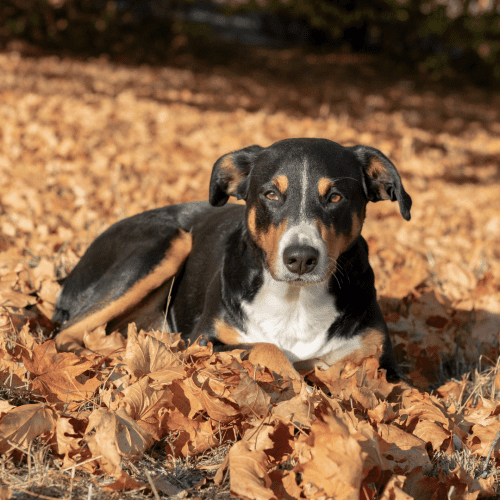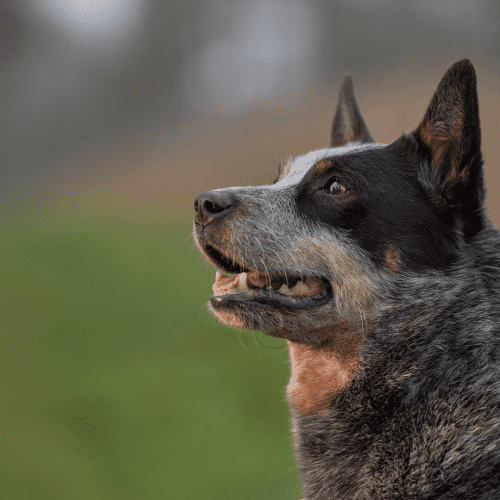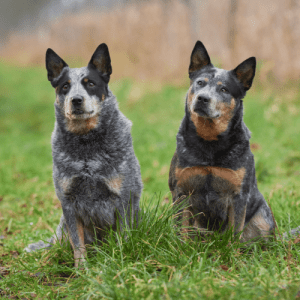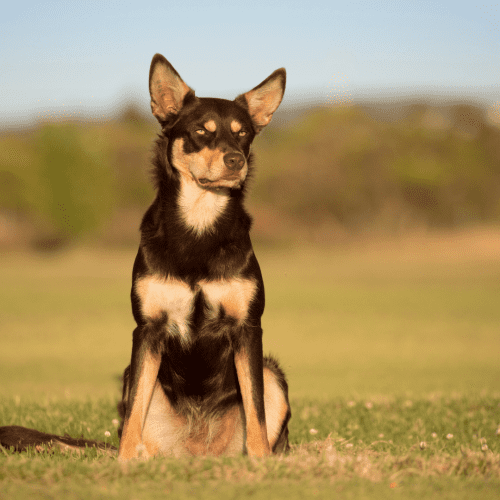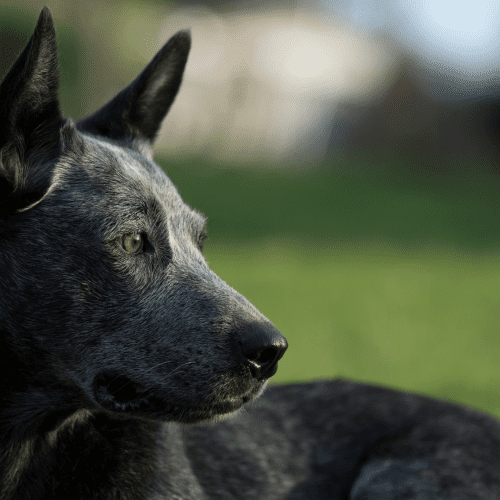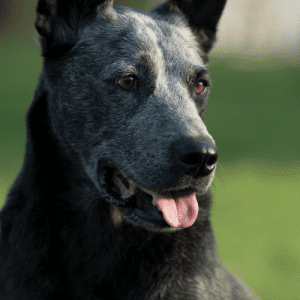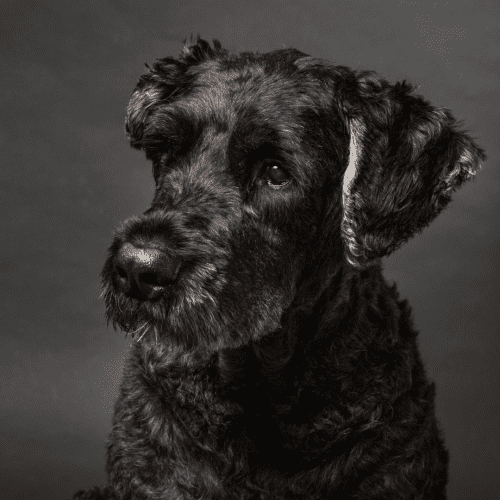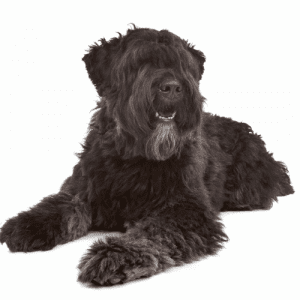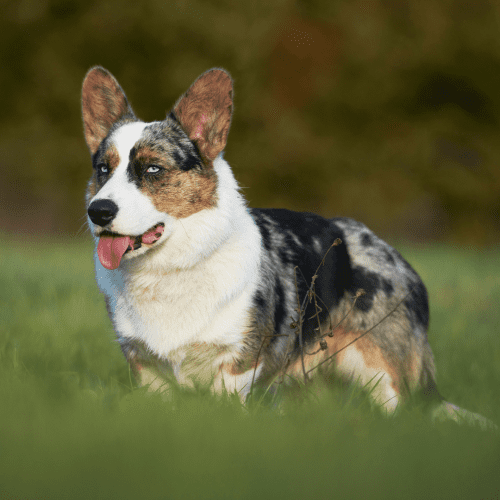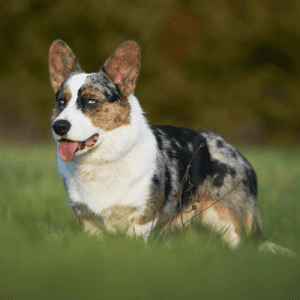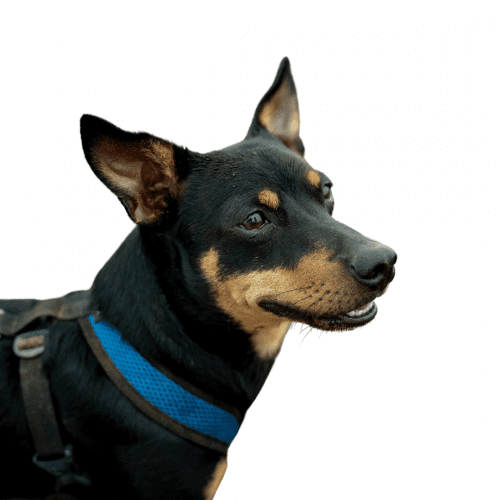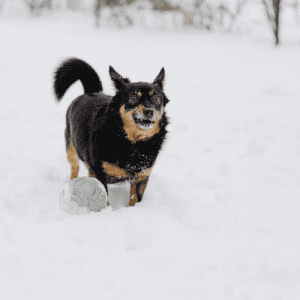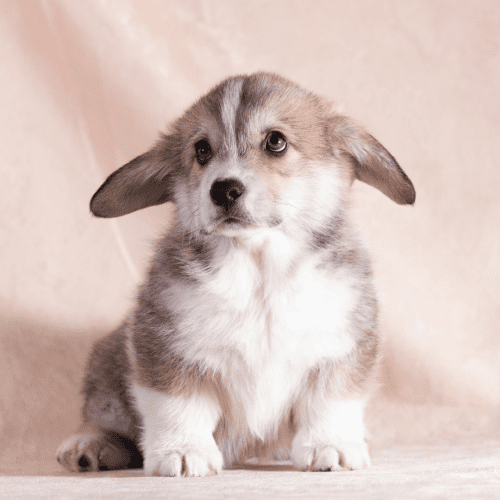
What Is The History Of The Appenzeller Sennenhund Dog Breed?
The Appenzeller Sennenhund is a dog that hails from the Swiss Alps. The breed is named after the canton of Appenzell, where they were first bred. The Appenzeller Sennenhund is believed to be descended from the Roman Molosser dogs brought to Switzerland by the invading Roman army. These dogs were then crossbred with local herding dogs to create the Appenzeller Sennenhund. The breed was used for centuries by the farmers and shepherds of Appenzell to protect their flocks and properties from predators such as wolves and bears. In recent years, the Appenzeller Sennenhund has become a popular companion animal and family pet due to their loyalty, intelligence, and affection.
What Does An Appenzeller Sennenhund Dog Look like?
The Appenzeller Sennenhund Dog has a tricolored coat with black, rust, and white markings. The coat is medium in length and may be either wavy or straight. The breed standard states that the coat should not be so long as to obscure the dog’s outline. The coat requires little grooming and is relatively easy to care for.
How Big Is An Adult Appenzeller Sennenhund Dog?
The average size for a male Appenzeller Sennenhund Dog is 22.5 inches at the shoulder, and females average 21 inches. Typically, males weigh between 55 and 75 pounds, and females weigh between 45 and 65 pounds. So, adult Appenzeller Sennenhund Dogs generally range in size from medium to large. They are strong, muscular dogs with a sturdy build and a reputation for being very athletic and agile. Despite their large size, they are pretty light on their feet and can move very quickly when they want to. This makes them excellent hiking and camping companions, as they can keep up with even the most active humans.
Are There Other Dog Breeds Related To The Appenzeller Sennenhund Dog?
The breeds related to the Appenzeller Sennenhund Dog are the Bernese Mountain Dog, Greater Swiss Mountain Dog, and Entlebucher Mountain Dog. These breeds are all part of the Swiss mountain dog family. They are all large, working dogs originally bred for herding and guarding livestock. These breeds are all known for their loyalty, strength, and endurance. They are also all considered to be intelligent and trainable breeds.
What Is The Life Expectancy Of An Appenzeller Sennenhund Dog?
The Appenzeller Sennenhund is a Swiss herding dog with an average life expectancy of 12 years. This breed is known for its loyalty, intelligence, and trainability. The Appenzeller Sennenhund is an excellent candidate for families with children and other pets. Although they are relatively easy to train, this breed does require regular exercise and mental stimulation to prevent boredom. The Appenzeller Sennenhund is not suitable for apartment living and will do best in a home with a large yard.
Can An Appenzeller Sennenhund Dog Be Trained?
Appenzeller is a versatile dog that can be trained to do a variety of tasks. They are often used as working dogs on farms, herding livestock and guarding property. They can also be trained as service dogs, assisting people with disabilities. Appenzellers are intelligent and eager to please, making them quick learners. With patience and consistent training, an Appenzeller can be taught to perform almost any desired task.
What Are Some Interesting Facts About An Appenzeller Sennenhund Dog?
1. The Appenzeller Sennenhund is a medium-sized, short-coated dog breed from the Swiss Alps.
2. They are known for their loyalty, affection, and obedience.
3. They are also known for being excellent watchdogs and guard dogs.
4. Appenzellers are intelligent, playful, and energetic dogs that need plenty of exercise and stimulation to stay happy and healthy.
5. They are a versatile breed that can excel at many activities, including agility, obedience, tracking, herding, and flyball.
6. Appenzellers are relatively rare outside of Switzerland; however, they are slowly gaining popularity in other parts of Europe and North America.
How Does An Appenzeller Sennenhund Dog Interact With People?
The Appenzeller Sennenhund is an affectionate and loyal breed that makes a great companion for people of all ages. These dogs are particularly good with children, and their even temperament makes them a popular choice for families. Intelligent and eager to please, these dogs are easy to train. However, they can also be stubborn sometimes, so patience and consistency are key when working with them. Appenzeller Sennenhunds are social creatures that thrive on human interaction, so they should not be left alone for long periods. If you are looking for a loving and devoted friend, the Appenzeller Sennenhund is the perfect dog!


